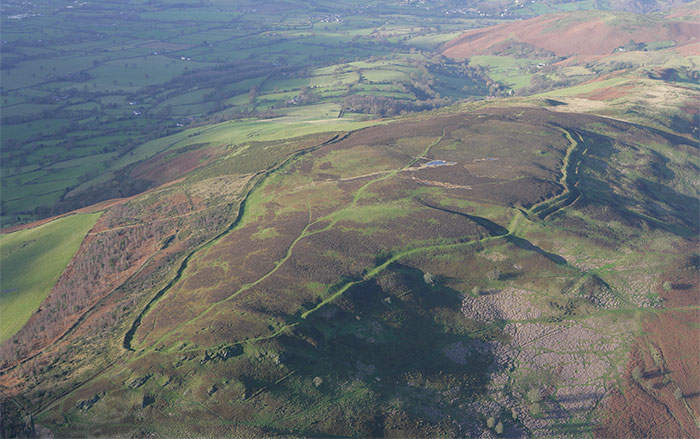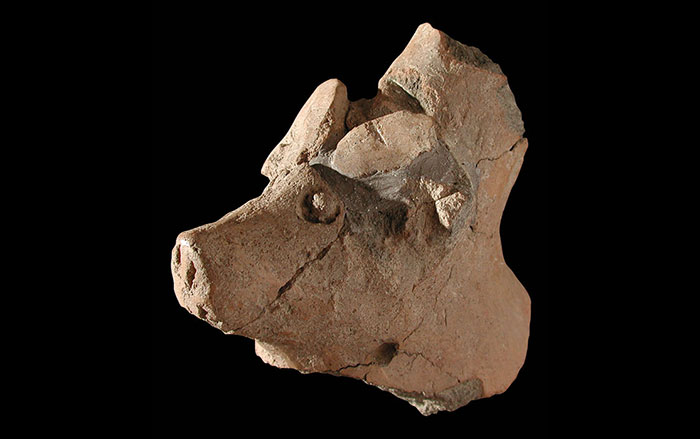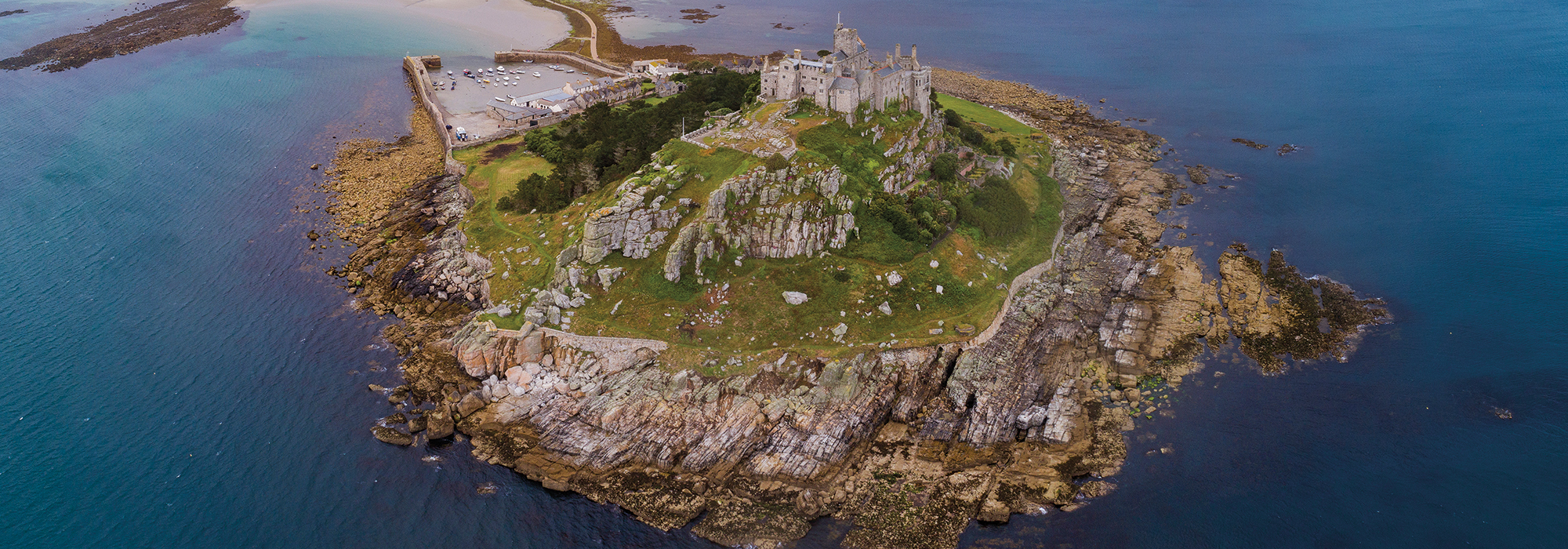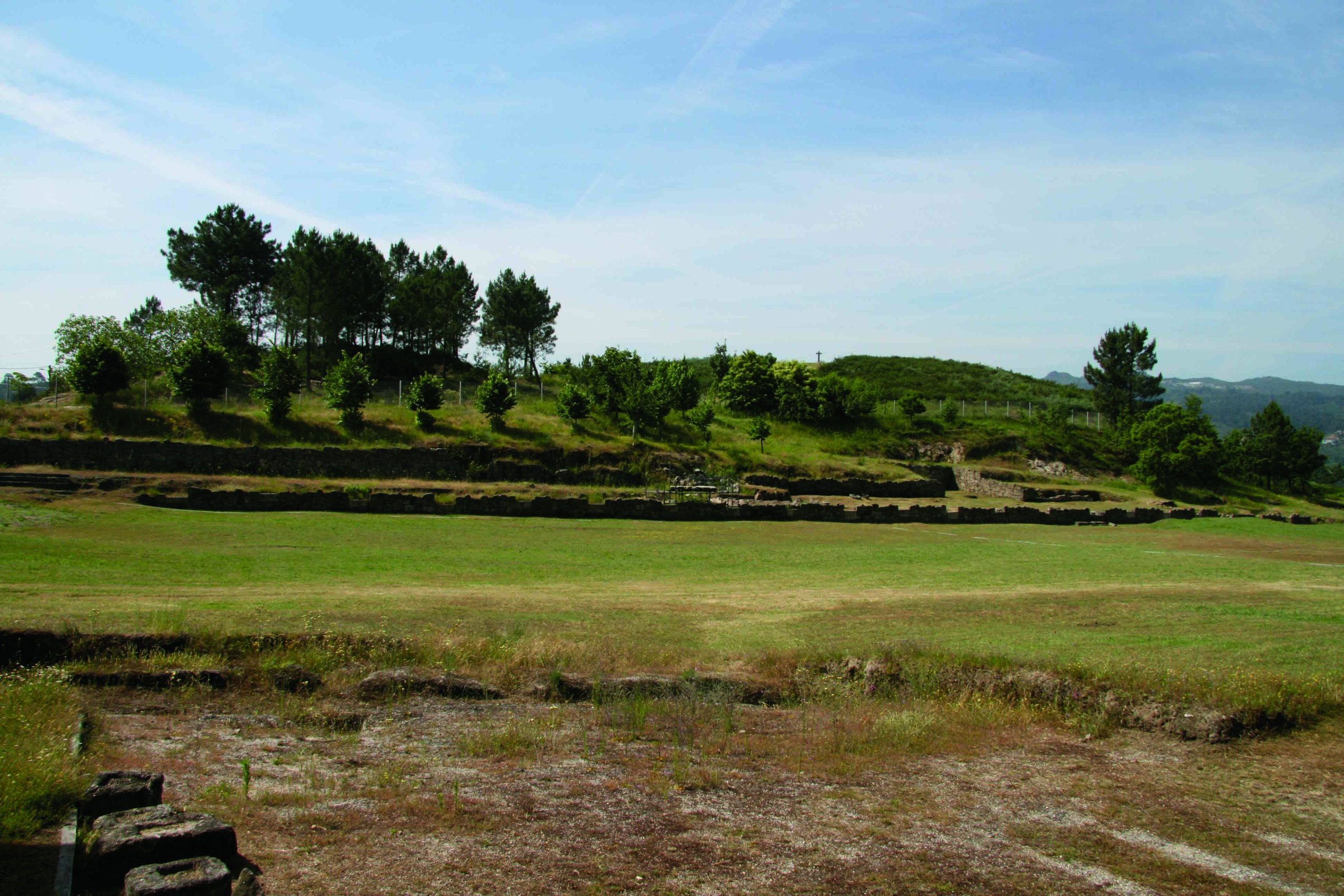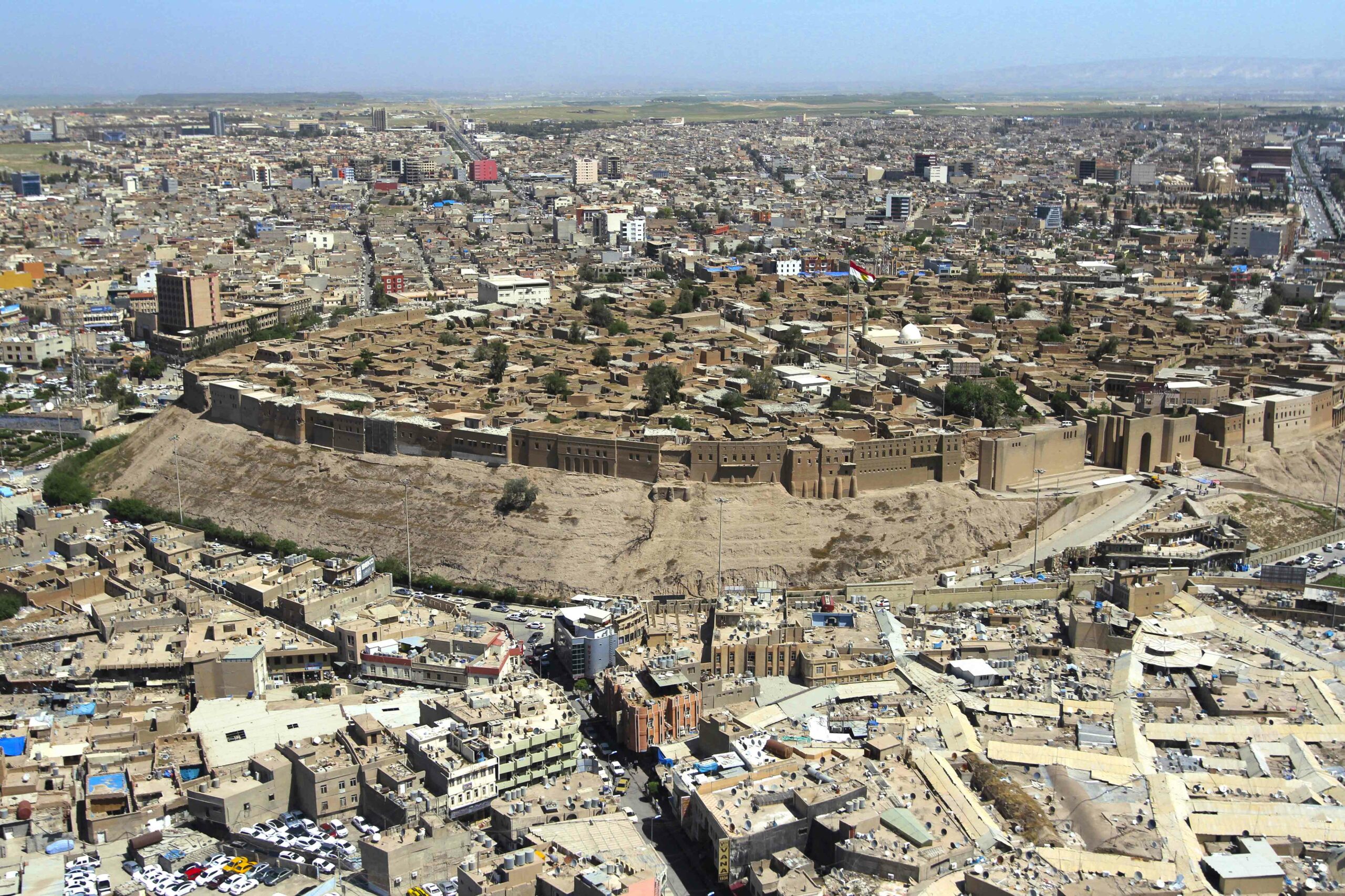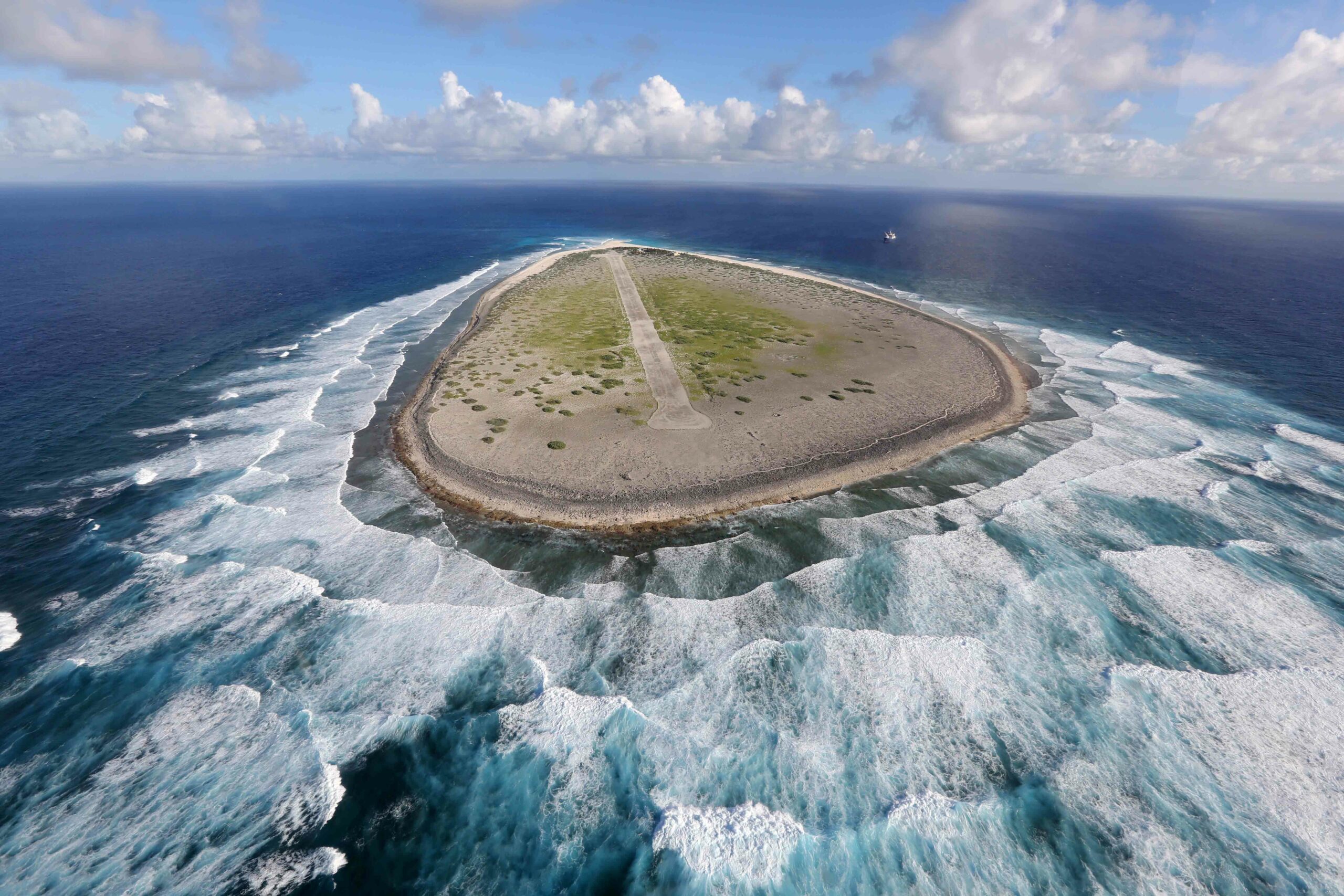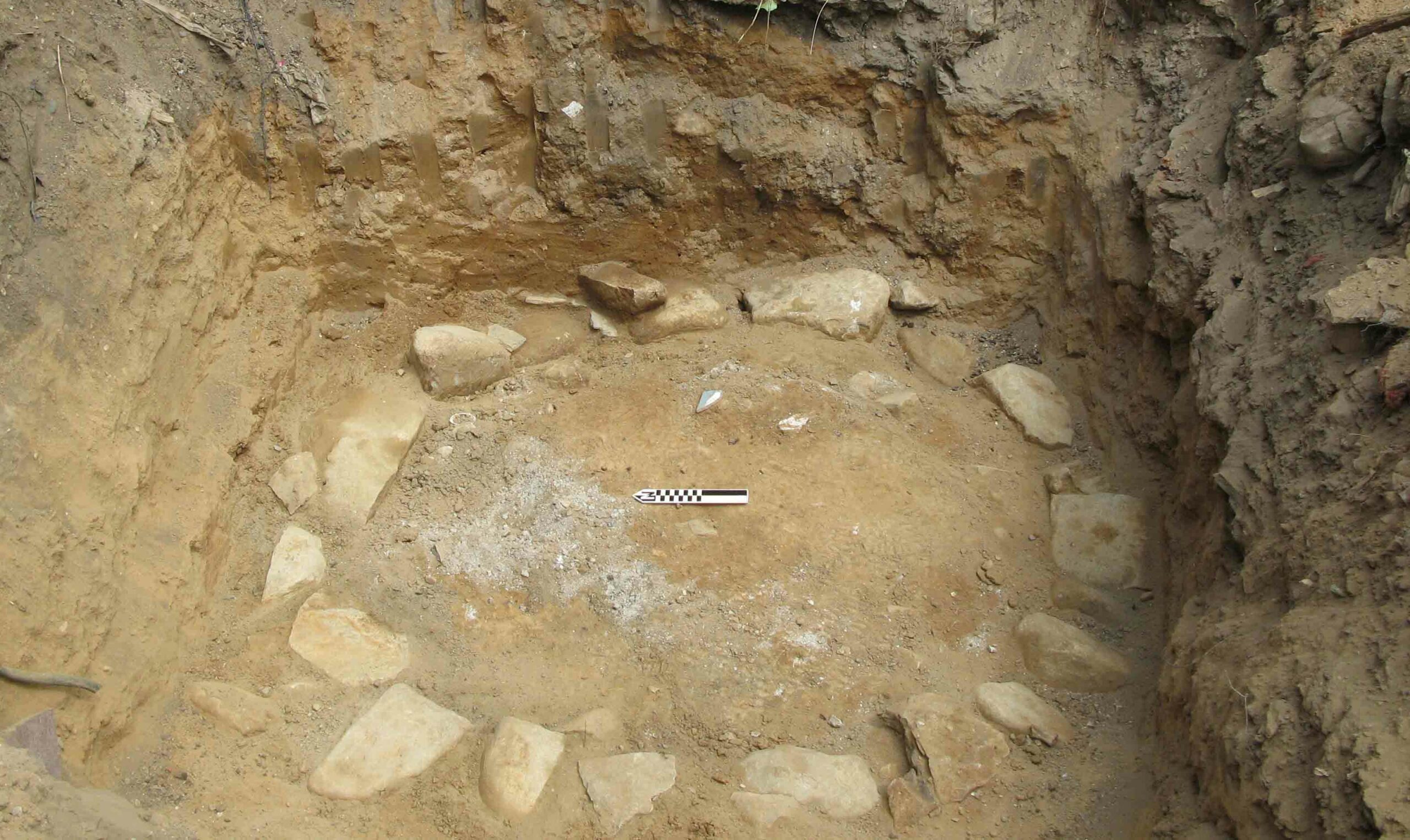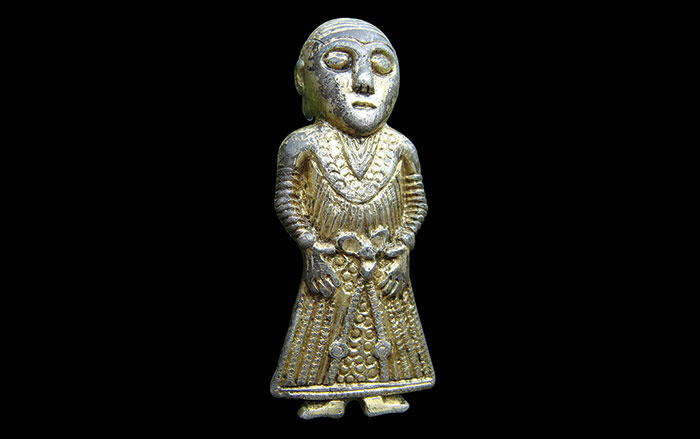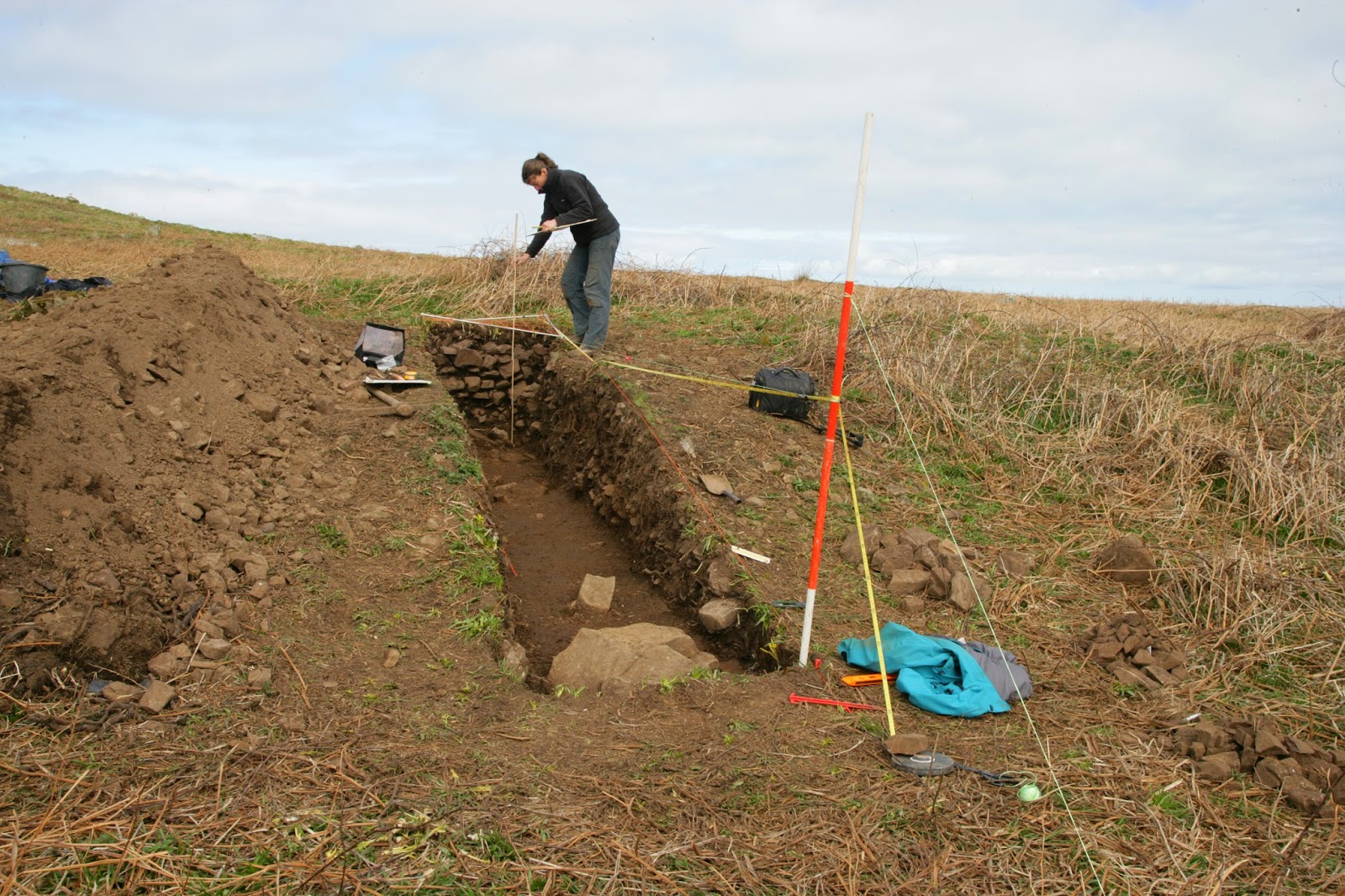
PEMBROKESHIRE, WALES—The first excavation on Skomer Island, known for its puffins and other seabirds, has examined a cooking mound containing fire-cracked stones. “This mound built up from numerous cooking episodes in the adjacent house. Our excavation discovered a cattle tooth from within the mound of stones, which has now been radiocarbon dated to the late Iron Age,” Toby Driver of the Royal Commission in Aberystwyth told Culture 24. Archaeological research on the island has focused on non-invasive techniques including aerial photography, airborne laser scanning, ground geophysics, and walkover surveys, in order to preserve the fragile landscape. “These new dates confirm pre-Roman settlement on Skomer. Even so, the burnt mound covers a substantial earlier field wall showing that the island was already well settled and farmed in previous centuries.” To read about another suprising prehistoric find in Wales, see "Neolithic Battlefield Unearthed."


